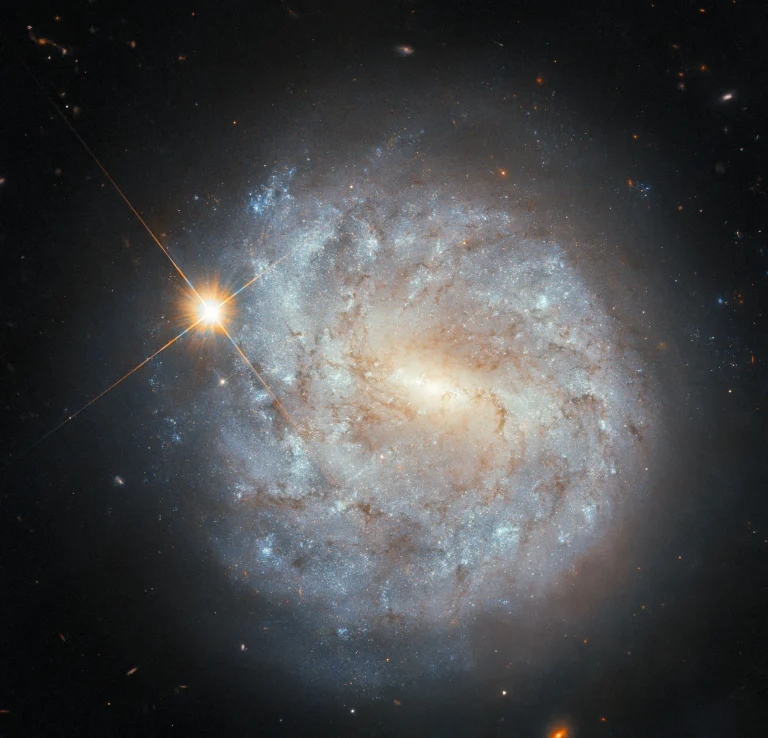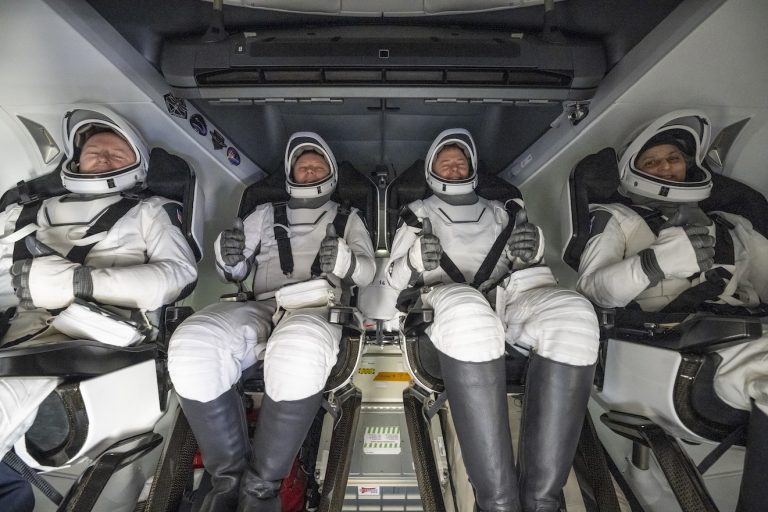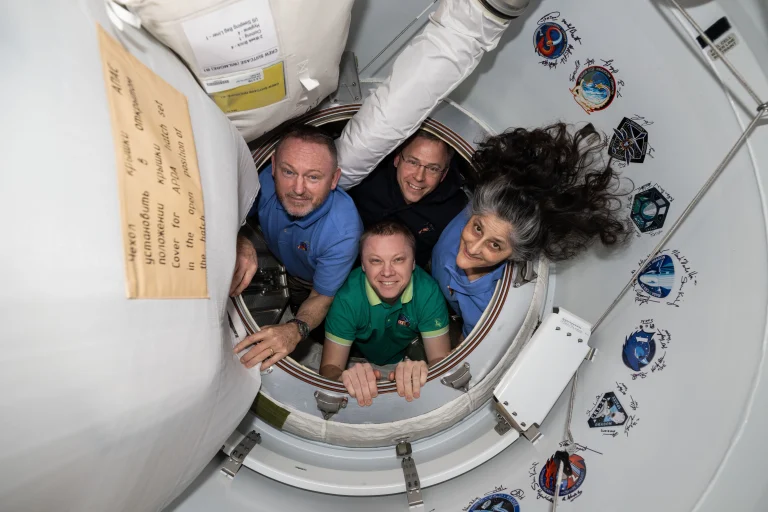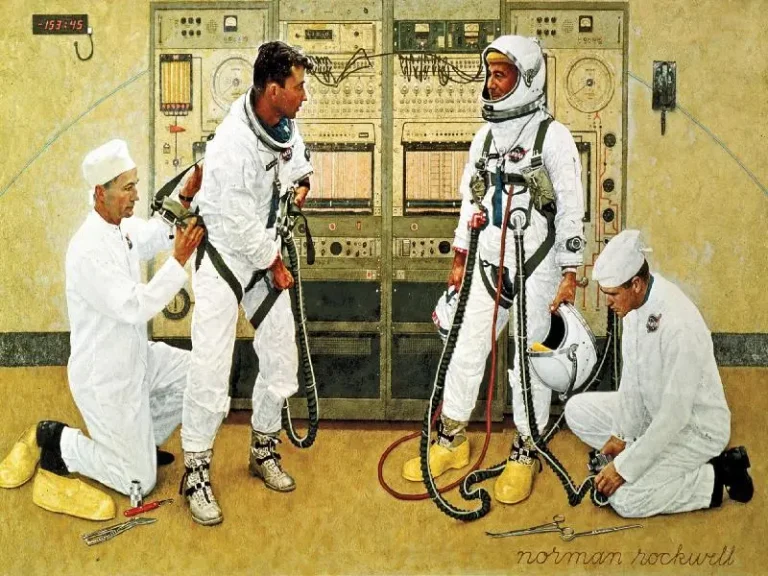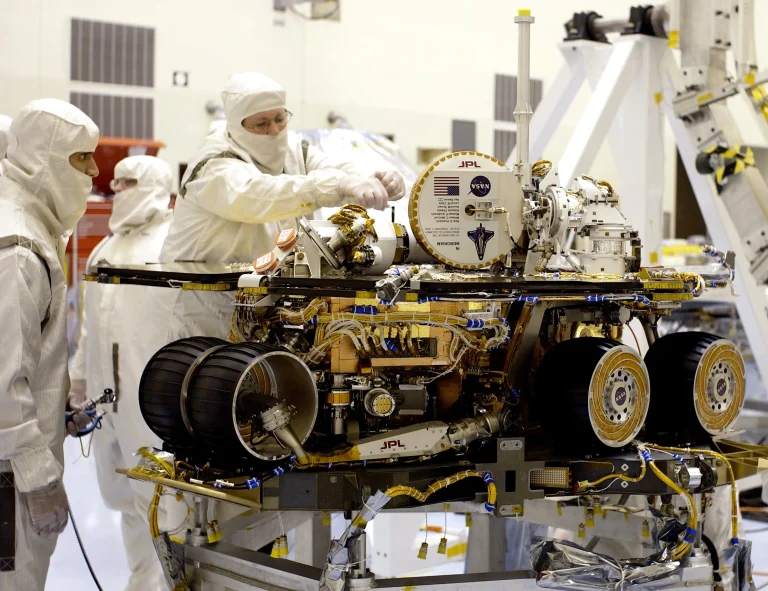The space shuttle Columbia launches from Pad 39A at NASA’s Kennedy Space Center in Florida on July 8, 1994. This was the second flight of International Microgravity Laboratory (IML-2), carrying more than twice the number of experiments and facilities as IML-1. The crew split into two teams to perform around-the-clock research. More than 80 experiments, representing more than 200 scientists from six space agencies, were in the Spacelab module. Fifty of these experiments delved into life sciences, including bioprocessing, space biology, human physiology, and radiation biology.
STS-65’s crew included NASA astronauts Robert D. Cabana, James D. Halsell Jr., Richard J. Hieb, Carl E. Walz, Leroy Chiao, and Donald A. Thomas, as well as National Space Development Agency (NASDA) of Japan astronaut Chiaki Naito-Mukai. On this flight, Naito-Mukai became the first Japanese woman in space.
Image Credit: NASA
1994年7月8日,哥伦比亚号航天飞机从NASA佛罗里达州肯尼迪航天中心的39A发射台发射。这是国际微重力实验室(IML-2)的第二次飞行,携带的实验和设施数量是IML-1的两倍多。工作人员分成两个小组进行全天候的研究。来自6个太空机构的200多名科学家在太空实验室进行了80多项实验。其中50个实验涉及生命科学,包括生物加工、太空生物学、人体生理学和辐射生物学。
STS-65的机组人员包括NASA宇航员Robert D. Cabana, James D. Halsell Jr., Richard J. Hieb, Carl E. Walz, Leroy Chiao和Donald A. Thomas,以及日本国家航天发展局宇航员Chiaki Naito Mukai。在这次飞行中,木井奈藤成为首位进入太空的日本女性。
图片来源: NASA



